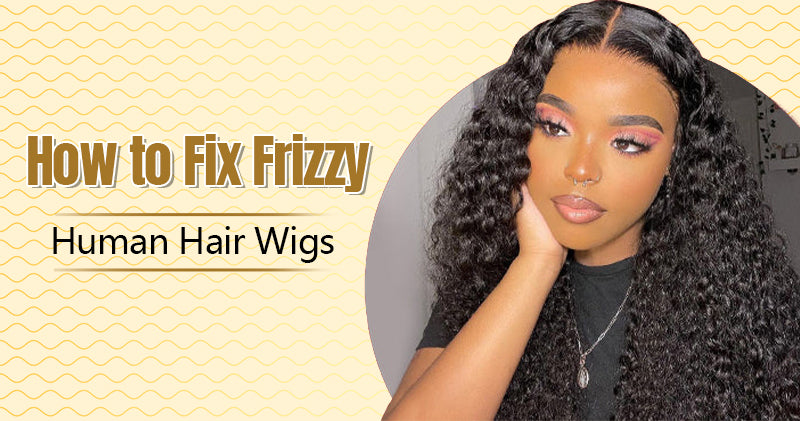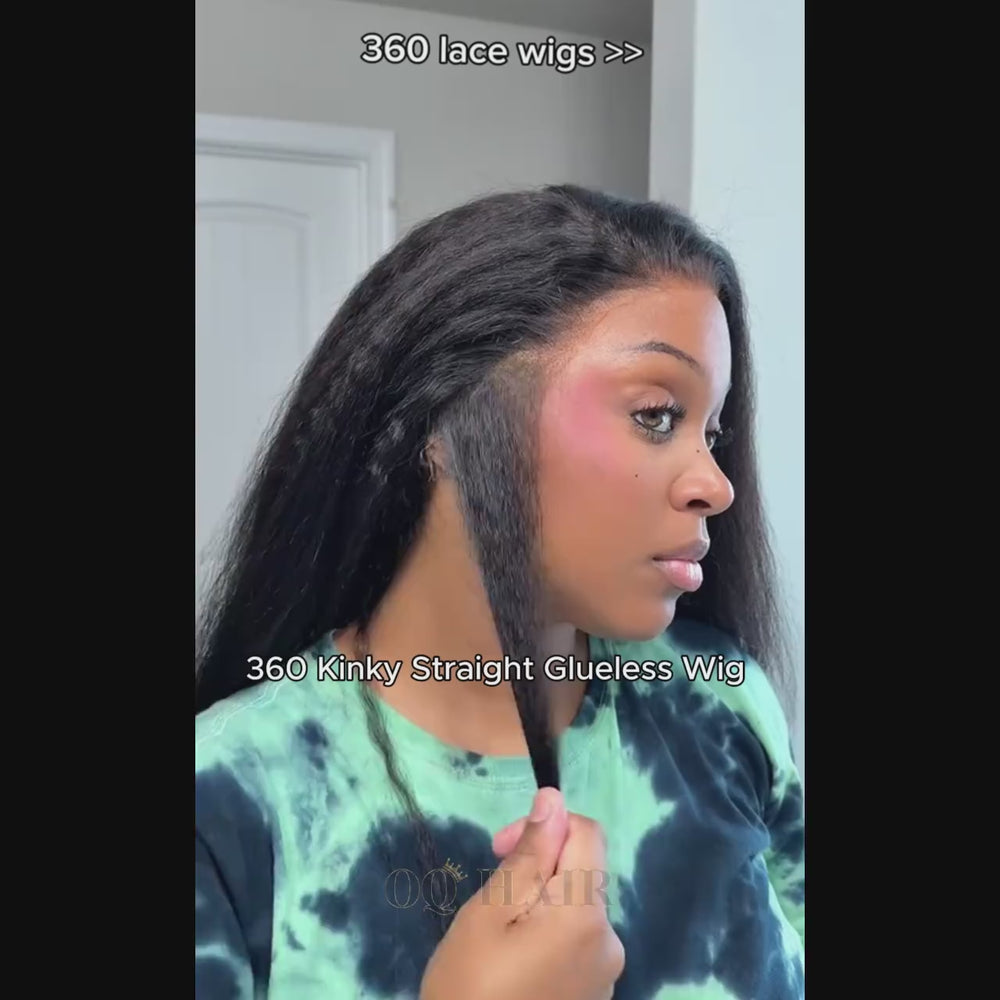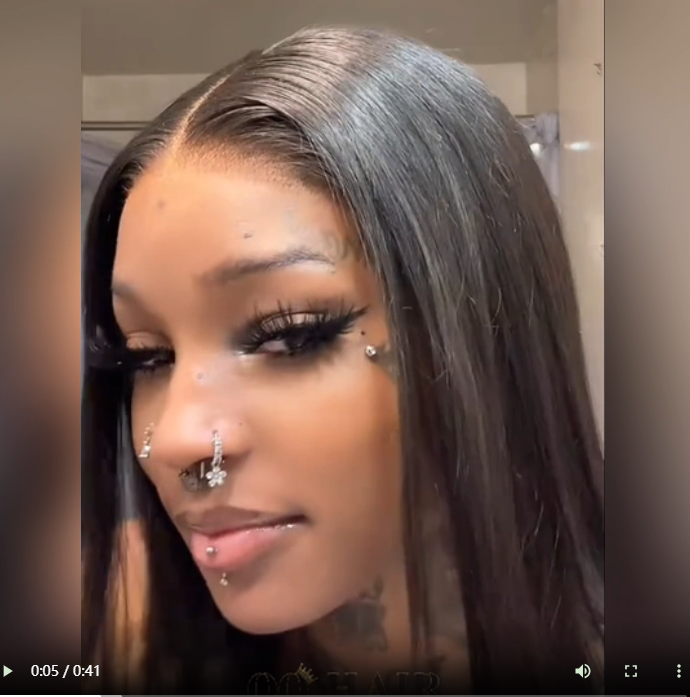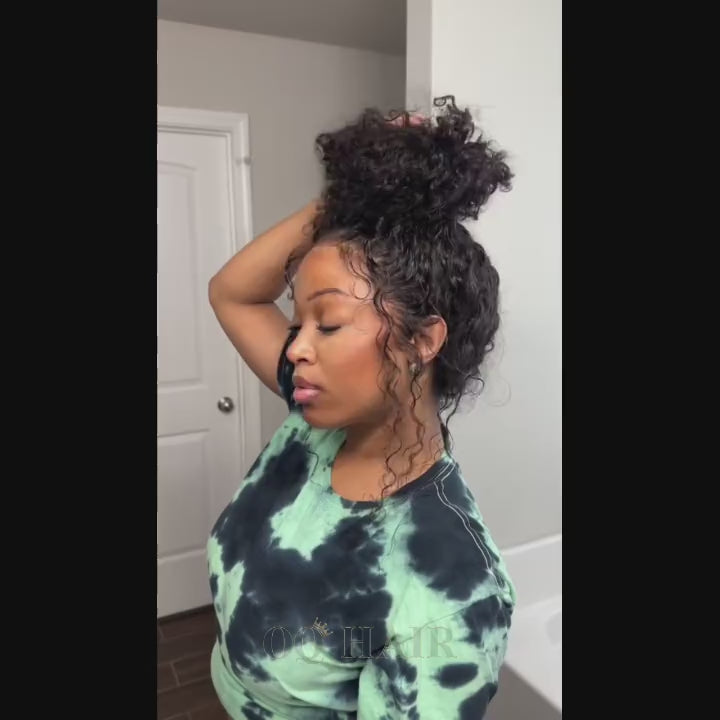How to Fix Frizzy Human Hair Wigs-Fabric Softener Method
Why is My Human Hair Wig Frizzy
1. Lack of Water and Nutrition
Human hair wigs are made of real 100% human hair, so they also need moisture and nutrients to keep soft and shiny. Never treat it casually just because it is a wig, not grow from your scalp. Regular maintenance is essential, they can effectively repair brittle hair and prevent dryness and breakage, extending the usage life span.
For wig lovers, essential hair care products include shampoo, conditioner, hair mask, and hair oil. Match the products you need according to the season. When the season is cold and dry, use more moisturizing products. In humid weather, it is better to choose mild and refreshing hair care products.
2. Too Much Product Build-Up
The more products you use, the better. Just like skin care products, you shouldn’t apply too much, as your skin will become sensitive. Too much hair product build-up can weigh down the wig and prevent it from absorbing it, causing the wig to look frizzy. When maintaining your wig, be sure to follow the recommended dosage in the product instructions.
3. Low quality
Low-quality human hair wigs use lower-grade materials. May not be uniformly cleaned and disinfected before use. Or the use of inferior perming and dyeing materials causes the wig to be fragile and lack a protective cuticle, becoming continuously curled and tangled. Remember to invest in a high-quality human hair wig, this is a prerequisite.
4. Incorrect washing and care methods
Harsh shampoos and rough handling during washing can strip your wig of its natural oils and worsen frizz.
5. Overheating
Frizz can be caused by often using heat styling tools without taking precautions to protect the hair fibers. Before using straighteners or curling irons to style your hair, be sure to use a heat-resistant protectant spray. When drying your hair with a hair dryer, it’s best to use the cool temperature setting.
6. Improper storage
Storing your wig in a humid or dry environment can affect its texture. You'd better put the wig on a wig head and store it in a ventilated environment. If you don't have a wig head yet, you can also use other methods introduced in this article: How to store your wig without a wig head.
7. Daily friction
Friction from clothing or rough surfaces can cause hair to curl. There are some anti-friction sprays available on the market, but the more important thing is daily hydration and nutrition. Avocado oil, coconut oil, and Moroccan essential oil are all great options to prevent chafing.

How to Fix a Frizzy Human Hair Wig-Fabric Softener Method

1. First wet the wig (cold water or warm water, not hot temperature). Make sure every strand of hair is thoroughly moistened, including the lace portion of the wig.
2. Apply some shampoo to the lace area first, because there may be residual glue in the lace area that has not been cleaned. Gently massage the shampoo into the lace. If you are wearing other types of wigs such as glueless wear go wig, v part wig or headband wig. Please ignore this step
3. Choose a mild shampoo to clean the wig. After rinsing, apply some conditioner and then rinse the conditioner out again. In this step, please focus on gently treating the wig.
4. It's time to apply fabric softener now. Fill a basin or plastic box with hot water and add approximately one cup of fabric softener to it. Depending on the length of the wig (less for short hair, more for long hair), the amount can be adjusted. Blend the fabric softener and hot water together with chopsticks until well combined.
Immerse the wig in the fabric softener mixture for at least 30 minutes. Verify that the water is almost boiling hot. This procedure helps restore the luster and suppleness to your hair.
5. After soaking, rinse the wig with cold water. Cold water helps seal in the conditioner and fabric softener, keeping your wig soft and smelling great.
6. Last, dry the wig, and hang it to air dry overnight is the least harmful to the wig. However, blow drying or using a fan is also a wonderful option if you're in a rush (just make sure to use the cold mode )!
Other Alternative Methods
Method 1-Microwave Method- Soak the wig in hot water with moisturizing shampoo for 30 minutes. Rinse thoroughly.
- Coat the wig with a mixture of conditioner and silicon mix, then microwave-wrapped in plastic wrap for two minutes.
- Wash the wig with warm water until clear.
- Apply a protein-rich hair mask to sections of a clean, dry wig on a wig stand. Wrap it with plastic or a damp towel.
- Comb through with a wide-tooth comb and steam in a steamer for 20 minutes.
- Rinse with warm water and air dry on the wig stand.
- Rinse the wig with a gentle shampoo and soak in water with baking soda for 15 minutes.
- Apply silicon mix to frizzy parts, place in a heat-resistant zipper bag, and put the wig into a steamer pot of boiling water for two minutes.
- Thoroughly clean the wig after steaming.
Conclusion
Now you know why wigs dry out, the daily care you need to pay attention to, and how to use Fabric Softener for revamping. Trust that by following this guide, your wig will look brand-new and fresh again. Remember to invest in a high-quality human hair wig as this will greatly reduce the chance of frizz. Choose OQ Hair human hair wigs, I believe we will get your satisfaction.
Read More
How to Put On a Wig Cap: Bald Cap Method
A Guide to the Different Types of Wigs
Bleached Knots VS Unbleached Knots: What is the Difference










